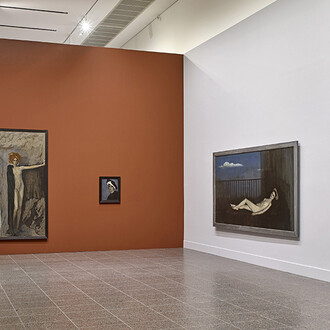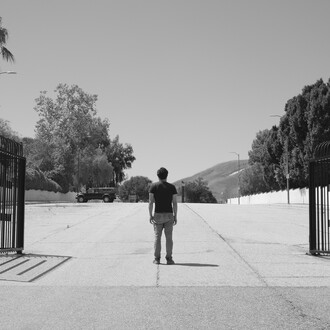The existence of the forest, woods and trees are a landscape we have taken for granted throughout our human life. We have a symbiotic relationship although the dependence is far more on our side than theirs. It is an integral part of our landscape physically and psychologically. Now however, is a point in time, when our existence and the trees existence hang in the balance with our planet.
Former certitude based on innocence and ignorance leaves us with the truth of humanity’s potential for destruction.
Climate change is significantly impacting the world's tree populations, making them more vulnerable to various threats. Rising temperatures, changing precipitation patterns, and increased frequency of extreme weather events are all taking a toll on trees and every living creature. The stability of trees becomes an allegory for the frailty of our own existence.
In the 18th century Romantic painters celebrated trees as emblems of the sublime – eternal guardians of the landscape, embodiment of harmony and spiritual transcendence. Casper David Friedrich, J.M.W. Turner and John Constable exalted the tree as a symbol of the sublime.
Mary Kelly’s series of paintings begins with that history from a different standpoint. The sublime is no longer eternal but fragile, precarious and endangered. These works are not elegies for what is lost but meditations on balance itself – the thin line between survival and collapse, resilience and disappearance. The viewer is asked to stand not in awe of permanence but in recognition of fragility as the true condition of beauty in our time.
In Romantic landscapes, a figure often mediated the viewers experience – seated at the edge of the sublime, gazing towards mountains, forests and an infinite sky. In these paintings the figure is gone. The Chair in Kelly’s former paintings is also largely gone. The Chair embodied the human presence as a silent witness. This work challenges the viewer to consider their own role. Ultimately, a Delicate Balance is not only about trees but about the precarious equilibrium we all share in the natural world. The trees become metaphors for the delicate balance we ourselves inhabit ecologically, emotionally and existentially.
The titles of this work expand our perception to the outermost boundaries of scientific thought, then return it to our immediate reality, providing a framework for how we engage with the world. This work is an Ode to the “Garden of Eden”, our future and our past.
















